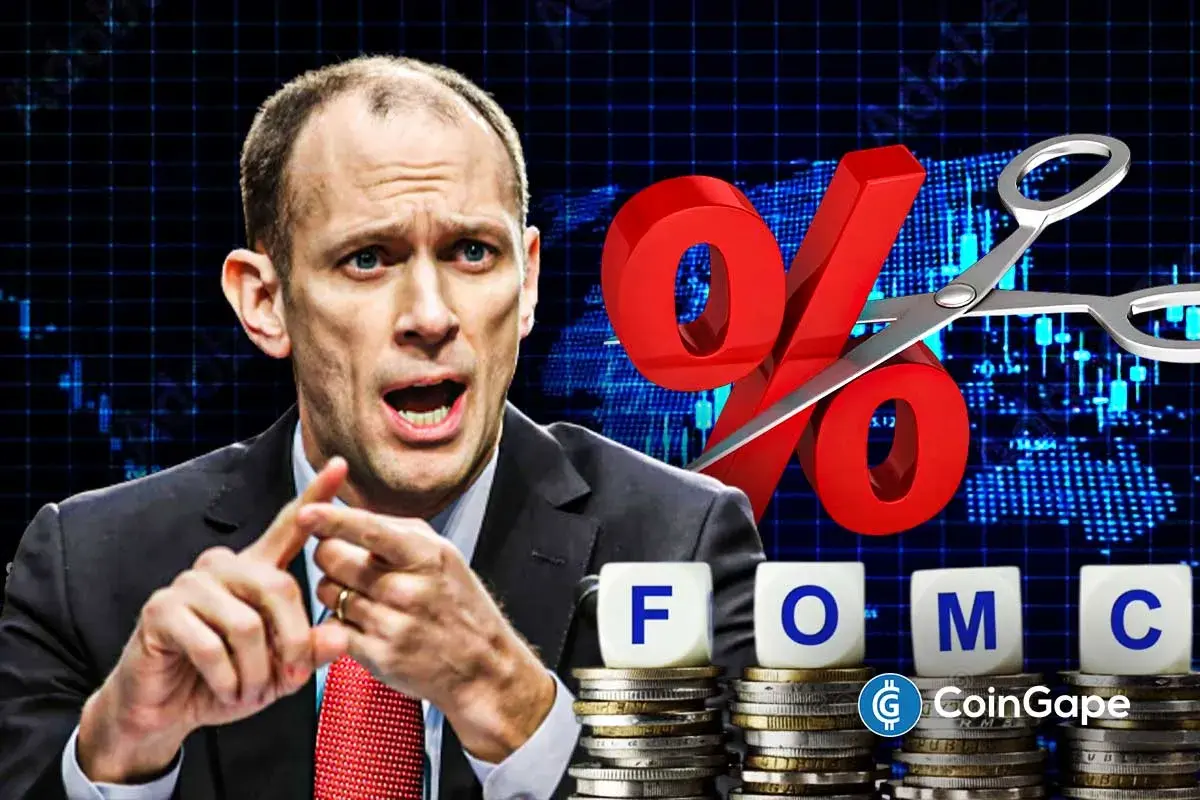What Does US STABLE Act Mean for USD Stablecoins? Tether, Circle, Other to Benefit?

Highlights
- The House Financial Services Committee approved the STABLE Act in a 32-17 vote.
- The legislation establishes clear guidelines for stablecoin payments, ensuring consumer safeguards.
- Lawmakers like Congressman Dan Meuser emphasize how the act will reinforce the U.S. dollar’s global leadership.
The United States has officially passed the STABLE Act, setting regulatory guidelines for all USD-pegged stablecoins, including Tether (USDT) and Circle (USDC). Marking a significant milestone for the U.S. stablecoin industry, the legislation was approved by the House Financial Services Committee with a 32-17 vote, bringing much-needed clarity to the digital asset sector.
STABLE Act Passes Committee with 32-17 Vote
After a 13-hour-long discussion, Financial Services Committee Chair Rep. French Hill and Subcommittee Chair Rep. Bryan Steil announced their decision to pass the much-awaited stablecoin legislation.
The STABLE Act seeks to provide a comprehensive regulation for stablecoin payments to function freely in the US financial system. It would create a regulatory framework specifically designed for USD-pegged stablecoins while maintaining an effective balance between technological innovation and consumer protection. Key provisions of the STABLE Act include:
- Establishing a formal regulatory structure for payment stablecoins.
- Creating strong consumer safeguards while allowing for continued innovation.
- Positioning the United States to maintain leadership in digital asset development.
- Providing clear regulatory parameters for industry participants.
- Modernizing the U.S. payment infrastructure.
Ensuring USD Dominance In Global Finance
Previously, US President Donald Trump stated that stablecoins are important to the US economy and would help maintain the dominance of the US Dollar in the global market. Speaking on the development, Congressman Dan Meuser stated:
“The STABLE Act reinforces the U.S. dollar’s status as the world’s reserve currency by ensuring stablecoins operate within a secure, dollar-backed framework, in America. It will make payments faster, cheaper, and more accessible, reducing costs to the benefit of businesses and consumers alike”.
The announcement comes at a time when President Donald Trump announced reciprocal tariffs while triggering strong volatility in global markets.
US Banks Race Up for Stablecoin Launches
Traditional US banks are once again joining the stablecoin bandwagon, showing growing interest in the USD-pegged digital assets.
Global banks and fintech firms are also introducing their own stablecoins, leveraging growing adoption and supportive regulations. Adding to a roster of payment providers like Standard Chartered, PayPal, and Revolut, Bank of America (BoA) is now exploring the possibility of launching its own stablecoin.
Similarly, two weeks ago, Custodia Bank and Vantage Bank have made history by launching the first U.S. bank-issued stablecoin on a permissionless blockchain. Named Avit, the stablecoin was issued, transferred, and redeemed on the Ethereum network.
- Crypto Eyes Entry into Traditional Sports as Tether Bids $1B for Juventus FC
- Michael Saylor’s Strategy Secures Nasdaq 100 Spot as MSCI Inclusion Debate Heats Up
- $12T Vanguard Still Skeptical of Bitcoin Despite Offering BTC ETFs, Calls It a ‘Digital Labubu’ Toy
- Breaking: OCC Grants Ripple Conditional Approval For Banking License
- Crypto ETF Issuer Bitwise Defends Michael Saylor’s Strategy, Urges MSCI Neutrality on DATs’ Inclusion
- Expert Predicts Bitcoin Price Crash to $75k as ETF Inflows Fall, Treasury Companies Plunge 83%
- HYPE Price Jumps 8% as Open Interest Hits $1.61B — Is $50 Next?
- Is Solana Price Poised for a +50% Bullish Rally? Here’s What to Expect
- Top 3 Price Predictions for Bitcoin, Ethereum, and XRP in DEC 2025
- Will Chainlink Price Break Toward $20 After 84K LINK Reserve Increase?
- XRP Price Target $3 as Spot ETFs Continue to See Inflows
















